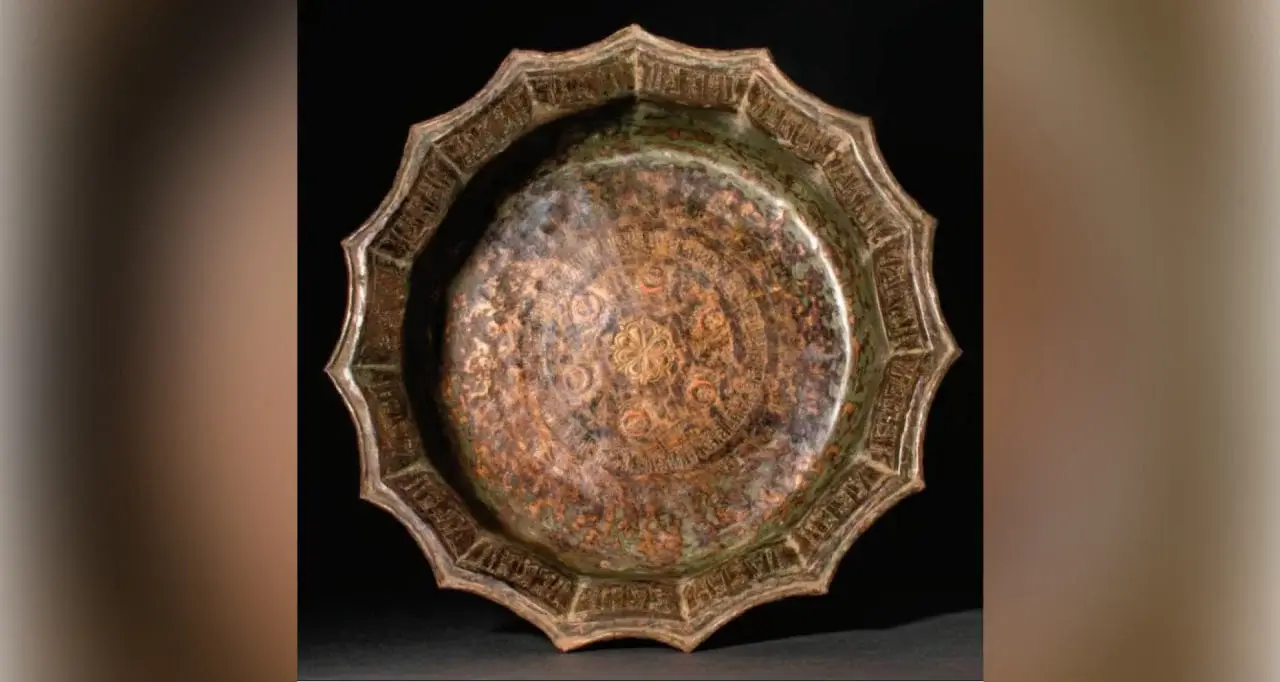
In the Middle Ages, the territories of Khorasan and Maverannahr rose as one of the largest and most influential centers of science, culture, applied arts, and crafts. Works and objects created on this land not only satisfied the needs of everyday life, but also reflected the sharp artistic taste, spiritual culture, and spiritual views of the people.
One such unique find is a lead vessel made in the shape of a petal. Experts estimate it to date approximately to the 12th-13th centuries, the Ghaznavid period. Currently, this antique artifact is kept in the Orpheus Gallery in London. It is noted that at that time, such vessels were widely used in ceremonies, as home decorations, or for practical purposes, and represented the high level of craftsmanship of artisans.
Artifacts of this type are very rare in the collections of museums of Uzbekistan. Therefore, bringing them from various collections and galleries abroad is of particular importance for the further enrichment of the national heritage and the demonstration of the history and cultural values of the people to the general public.
One of the priority tasks of the Center of Islamic Civilization in Uzbekistan is the collection of unique artifacts and their presentation to the international community. The inclusion of a leaf-shaped lead vessel in the central exposition is considered an important step in this direction.
Such findings, as silent witnesses, connect the past with the future. Preserving them, returning them to our country, and passing them on to future generations means preserving the spiritual heritage and building a bridge to the future.
Read “Zamin” on Telegram!Users of Меҳмон are not allowed to comment this publication.














